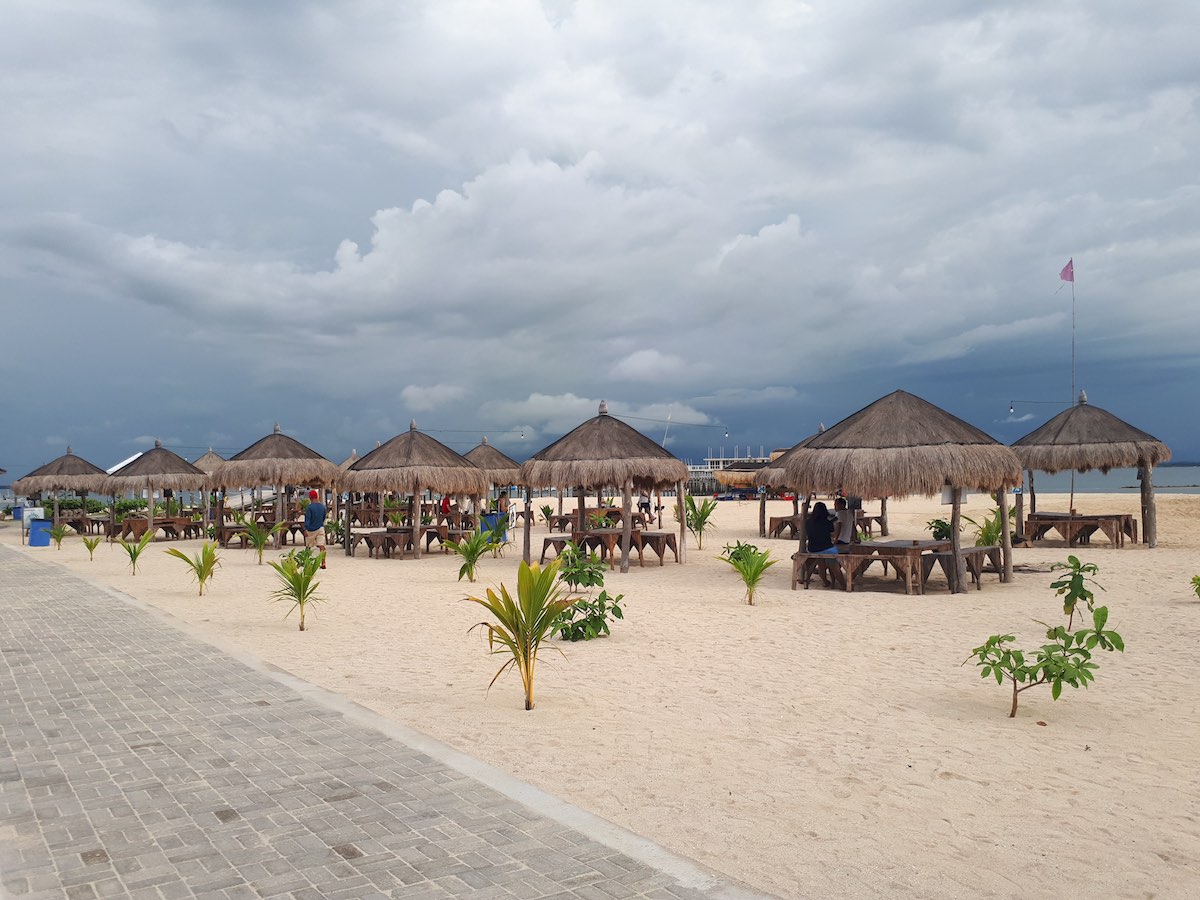I’d been to Cebu City on Several occasions but I never got a chance to visit the monument that represents the city’s long history and establishment: the Magellan’s Cross and the Basilica Minore del Santo Niño.
The Magellan’s Cross was brought to the Philippines, Cebu specifically, by Spanish-commissioned Portuguese explorer, Ferdinand Magellan on March 15, 1521. The Cross was seated on its current site by Magellan himself on April 21, 1521.
The original cross is now encased in Tindalo wood to protect it from those people who chipped away part of the cross for souvenirs. There are rumors that the original cross had disappeared or stolen after Magellan’s death and was replaced with a replica by the Spaniards on the start of their formal colonization of the country. However, there were no historical notes that could affirm that.
Just beside the shrine that house the Magellan’s cross is the Basilica Minore del Santo Niño or commonly known as the Santo Niño Church. It is the oldest Roman Catholic church established in the country (1565) on the spot where the image of the child Jesus was found.
The present building, which was completed in 1740 houses the oldest religious image in the country. It also has interesting frescoes, creative column carvings, a majestic altar, and a vibe which could get you to your knees.
The Holy See named the church the “Mother and Head of all Churches in the Philippines”.
The church was partly destroyed when a 7.2-magnitude quake struck Bohol October 15, 2013. The church is still undergoing restorations as of this writing. Masses are held on the hallways fronting the facade of the basilica.










Leave a reply